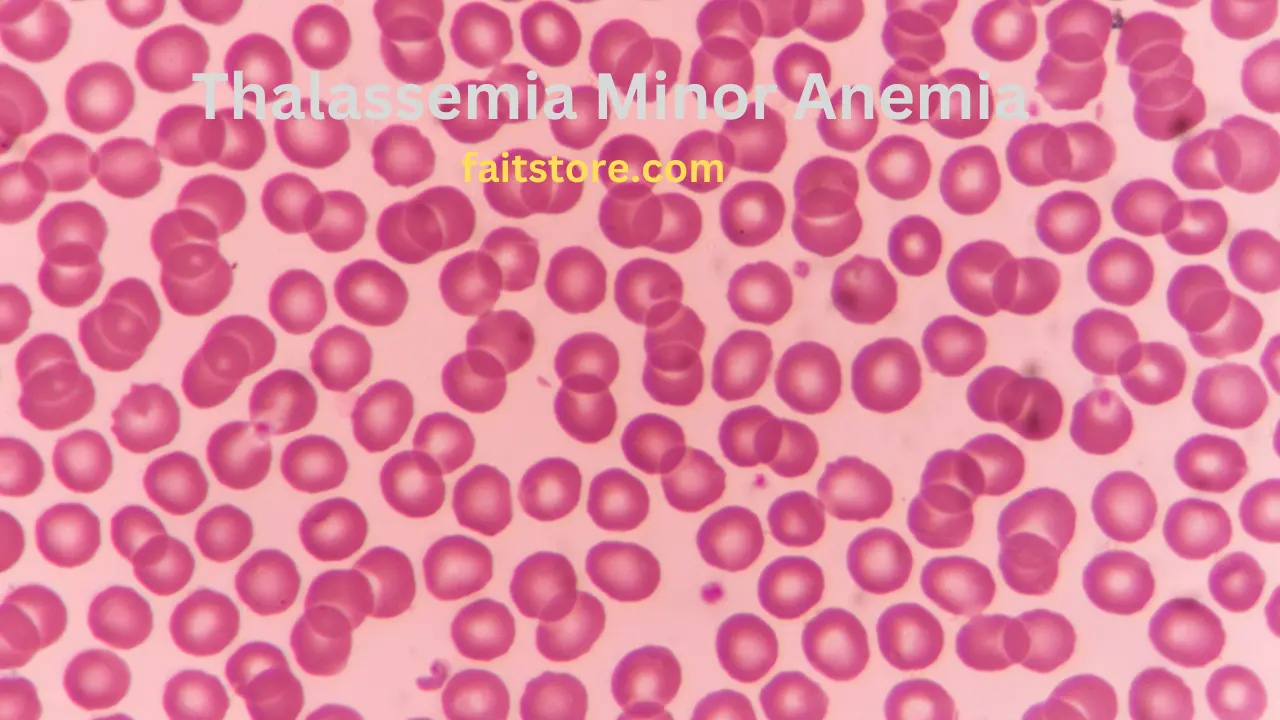Thalassemia minor anaemia, also known as the thalassemia trait, is a genetic blood disorder characterized by a reduced production of hemoglobin. While it is considered a mild form of thalassemia, it is essential to understand its causes, symptoms, diagnosis, treatment, and potential complications. This article will delve into the intricacies of thalassemia minor anemia and provide valuable insights for individuals with this condition.
Thalassemia Minor
Thalassemia minor is an inherited blood disorder caused by mutations in the genes responsible for hemoglobin production. These mutations lead to reduced synthesis of normal haemoglobin, resulting in an imbalance of the alpha and beta globin chains. Individuals with thalassemia minor have decreased beta globin chains, which can lead to mild anaemia.

Inheritance Patterns of Thalassemia Minor Anemia
Thalassemia minor anaemia follows an autosomal recessive inheritance pattern. This means that for an individual to have thalassemia minor, they must inherit one copy of the mutated gene from each of their parents.
One must consider the two types of genes involved in thalassemia to understand the inheritance pattern: the alpha-globin gene and the beta-globin gene. Each person inherits two copies of the alpha globin gene (one from each parent) and two copies of the beta-globin gene (one from each parent) for four copies.
In minor thalassemia anaemia, the mutation affects one of the beta-globin genes. Individuals who inherit one normal copy of the beta-globin gene and one mutated copy become carriers of thalassemia minor. Carriers typically do not exhibit severe symptoms of the condition, as the presence of the normal gene compensates for the reduced production of beta-globin chains.
When two carriers of thalassemia minors have children together, there is a 25% chance with each pregnancy for the child to inherit thalassemia minors from both parents. This means the child will have two mutated copies of the beta-globin gene and be a thalassemia minor carrier.
There is a 50% chance for the child to inherit one normal copy of the beta-globin gene from one parent and one mutated copy from the other parent, resulting in the child becoming a carrier of thalassemia minor like their parents.
Lastly, there is a 25% chance for the child to inherit two normal copies of the beta-globin gene, meaning they will not have thalassemia minor or be carriers of the condition.
It’s worth noting that the inheritance pattern remains the same with each pregnancy, regardless of the previous outcomes. Genetic testing and counselling are crucial for individuals with thalassemia minor or those planning to have children, as they can provide more detailed information about the specific gene mutations and the likelihood of passing them on to future generations.



